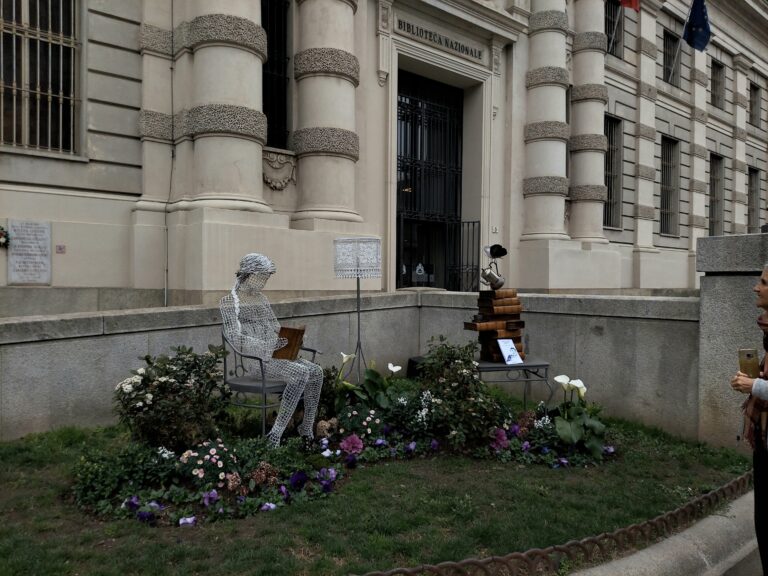Jerusalem and the Dead Sea Scrolls
Picture from: https://en.wikipedia.org/wiki/National_Library_of_Israel#/media/File:NLI_building2.jpg
The discovery of the Dead Sea Scrolls in 1947 and during the few years following was one of the greatest archaeological discoveries of modern times. Their importance and value was recognized at their first identification, and with the passing of time they have become singularly iconic.
Extensive documentation with film began in earnest even as the Israeli war of independence raged throughout Israel; so earnest, in fact, as to monopolize the film supply in Jerusalem during the war.
As early as the 1990s, digital imaging was anticipated and tests were performed, primarily with the goal to improve upon the infrared film images captured several decades before which revealed text obscured by blackened collagen.
Funding was finally obtained in the following decade with the goal of digitally imaging the entire corpus in both color and under IR illumination in such a manner that future images could be referenced to them and small changes could be measured while the changes were so small as to be visually undetectable.
After a comprehensive international search and extensive vetting, MegaVision was chosen to provide the imaging system for this groundbreaking task:
https://www.deadseascrolls.org.il/about-the-project/the-digital-library
Israel Antiquities Authority (IAA)
MegaVision’s Multispectral imaging system more than satisfied the projects goals, and additionally provided a multispectral reference image set and L*a*b color images of unprecedented accuracy derived directly from the multispectral band images.
The million plus images captured with the system in Jerusalem now provide an important historical archive and baseline against which all future Dead Sea Scroll images will be compared.







